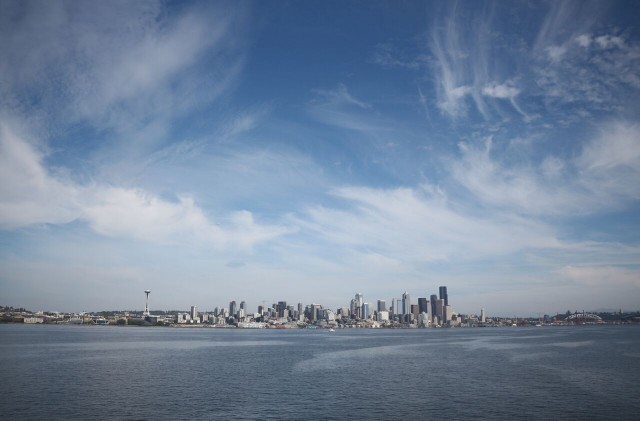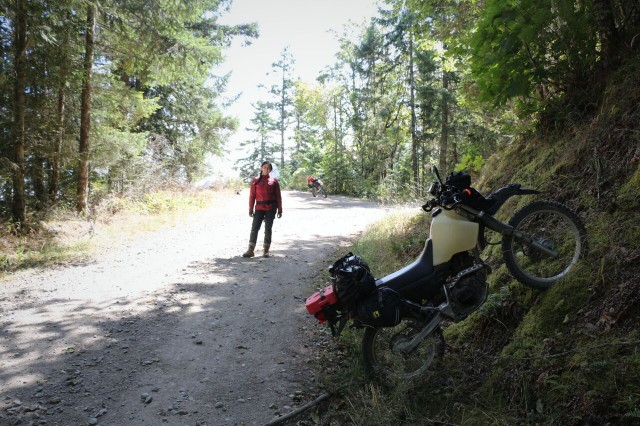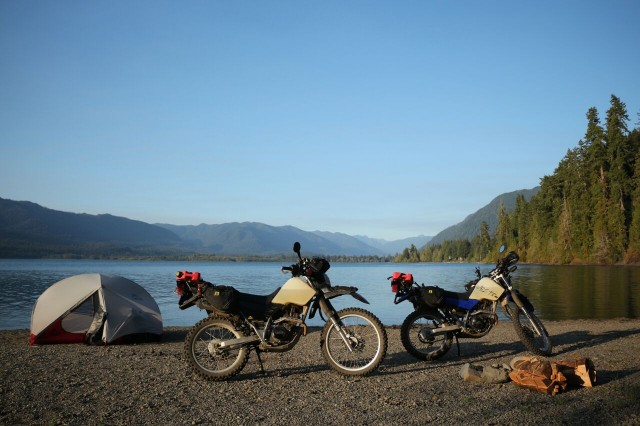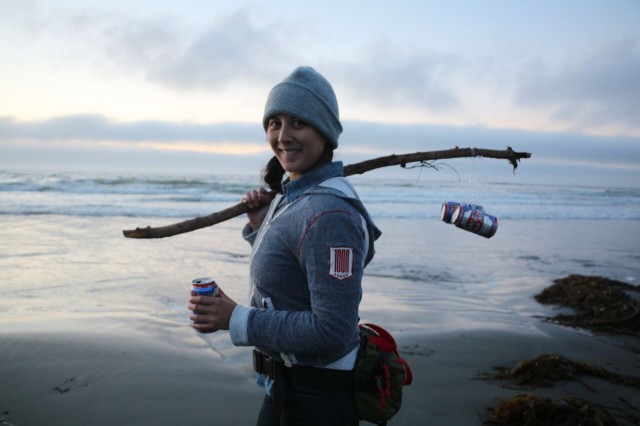My introduction to the Quinault Indian Nation came at a young age, when my father and his best friend took their kids on a two week search for surf along Washington’s Olympic Peninsula. A place that non-native people were not technically allowed, and often shooed away from, the Quinault Indian Nation (QIN) was the last great Western Frontier as far as my father was concerned, and remains much the same today. A stretch of land on Washington’s west coast measuring 208,150-acres, including 23 miles of Pacific coastline, the QIN was founded in 1855 and is governed by an eleven-member Tribal Council which is democratically elected at annual meetings. Much unlike the neighboring state of Oregon, however, Washington’s coastline is owned and occupied by a variety of Native American nations, to include the Queets, Quileute, Hoh, Makah, Chehalis, Chinook, and Cowlitz people, to name just a few. This makes the State of Washington – and its coast in particular – a much more remote place in a lot of ways.
I grew up in Washington. I started camping along her coastlines when I was a kid, surfing her cold waters when I was eight, and exploring her overgrown dirt roads as an adult. It’s a magical place, and I don’t use that term lightly. It’s also seeing an influx of Amazombies – the Southern California tech nerd type, eager for a more ‘hearty’ lifestyle complete with conifers, cans of beer and hiking boots. Now, that’s not to say the Pacific Northwest is ruined. There are still tall trees, Rainier beer (which is brewed in California by the way) and the outdoor walking trails. It’s just crowded now, the streets stuffed with Subarus, the craft beer bars bulging with bearded young men. And so as a Seattle native (Or mossback as my friend Brad likes to call himself) turned escapee, when I returned to my Emerald City for a short time this summer, the first thing I wanted to do was get the hell out.
Of all the pretty places in the Pacific Northwest, the Quinault Indian Nation is one of the least known. The coastline, a place that non-native people are not allowed to camp, collect shells or otherwise stroll across the sand, is unobstructed from the typical west coast crap (see: private homes, beach resorts, campgrounds, et al). Instead what you have is a stretch of land left alone. A place meant for the people who originated from that area to do what they will. And, like all of my experiences in these areas, the people are far too welcoming of the uninvited.
Aside from the small signs that tell you to stay off the beaches, there’s really no way to know you’re on the QIN once you turn off the coastal highway and onto a dirt road. Did I say dirt road? What I mean to say is an incredibly interconnected mess of unused Forest Service roads that criss-cross the QIN, leading inland, outland and everywhere in between. So that’s where we started…
We left Seattle aboard a boat, a Washington State Ferry bound for Bainbridge Island. Motorcycles take precedence, which means you’re parked at the front, with an astounding view of your upcoming island. Once off the boat your options are endless. Head south toward Grey’s Harbor County, north toward the Strait of Juan de Fuca, or across the Hoods Canal to Dabob Bay. We had loaded our bikes with enough camping equipment to keep us off the grid for a few days. The plan? Travel from Seattle to Port Angeles along the Strait of Juan de Fuca, then inland around Lake Crescent to Forks before finding our way onto the QIN.
The first few days were uneventful at best. Highway riding leaves my mouth dry, my ass numb and my soul full of this feeling…I call it ‘boredom.’ So to say I wanted a dirt road is an understatement. Luckily, our friend Andy had shown us a little short cut, which takes you from the north part of the Peninsula to the south side of Lake Crescent, on dirt! It’s only an hour ride, but the sound of small stones deflecting off my skid plate and the taste of dry dust on my lips left me yearning. Lunch was consumed at a small café followed by yet another eventless highway ride to Forks, a town once famous for timber, now infamous for some kind of pre-teen vampire fiction.
After what felt like forever, we sorted out a place to pitch our tent, which turned out to be a lot more difficult than you might imagine. When I was a kid, and forgive me if I sound like every old person I’ve ever met, a campsite was not something you had to look hard for. Grassy stretch of land on the side of the road? That’ll work. The back corner of an unpopular beach? Even better! Nowadays, though, one must register, even pre-register, park within the lines, use the approved facilities, follow the rules and leave before the next “camping trip” can happen. I digress. The real story starts after we left Forks, when we darted off the highway and onto a dirt road somewhere south of Kalaloch.
Like I said earlier, the QIN is covered in a spider web of mildly maintained Forest Service roads. Can you take your Tacoma down one of them? Sure, but you better be a Yankee fan (Ho! Jokes). Bikes are better, especially when the foliage starts to feel more like the tightening walls of tunnel. And while you can explore these roads, you cannot camp anywhere on the QIN, especially on the sand. From what I’ve been told, the Quinault Indian Nation sold some of their land to non-native people in the early 1970’s. If you, or your parents, were one of those people, you’re granted access to all that the QIN has to offer. If you’re not one of those people, like most of us, well, you’re shit out of luck. You can apply for a visitor pass, but the reality of the situation is that you should just explore, enjoy and then exit. That’s what we did.
The first dirt road we turned down lead straight to the sea. Narrow and encapsulated by bush, Kyra made her way down a stretch of two-track that opened up to expose a breathtaking view of the Pacific Ocean. Signs told us we couldn’t camp, something the internet had also told us, so we continued south along the coast, popping in and out of oceanfront properties. Eventually we ground to a halt at an old gate. This was the end of the proverbial ‘road’ for us. Backtracking a bit, we found our way to the highway and turned inland, our GPS pointed toward the Lake Quinault Lodge, an Aramark property located, as you may have guessed, on the shores of Lake Quinault.
As remote and removed as the ocean front Forest Service roads were, the Lake Quniault Lodge is the diametric opposite. Sitting a short distance off of Highway 101, the Lodge is everything you’d expect, and everything we wanted to avoid. A quick conversation with the Bellmen garnered info regarding a campground just a few miles away. What we found was an overstuffed National Park, swelling with Weekend Warriors and Sunday Subarus. But! And I really mean this ‘but,’ there was overflow camping available. $20 scored us a lakefront camp spot, complete with fire pit, literally four feet from the water.
The next day we continued our ‘exploratouring’ (I’ve coined this phrase, so credit me appropriately) of the QIN’s network of dirt roads. Like the day before, we ran into roadblocks, turned around and headed inland. But the sights we saw, the ocean front vistas dangling dangerously close to a cliff’s edge… They were worth all the trouble. And this piece of the Olympic Peninsula, otherwise overlook due to its ‘No Camping’ etiquette and difficult (read: narrow) dirt roads, well, it’s incredible. And I’m happy it’s hard to find. Nothing easy is worth the wage.
Read more of Justin and Kyra’s adventures at:
















